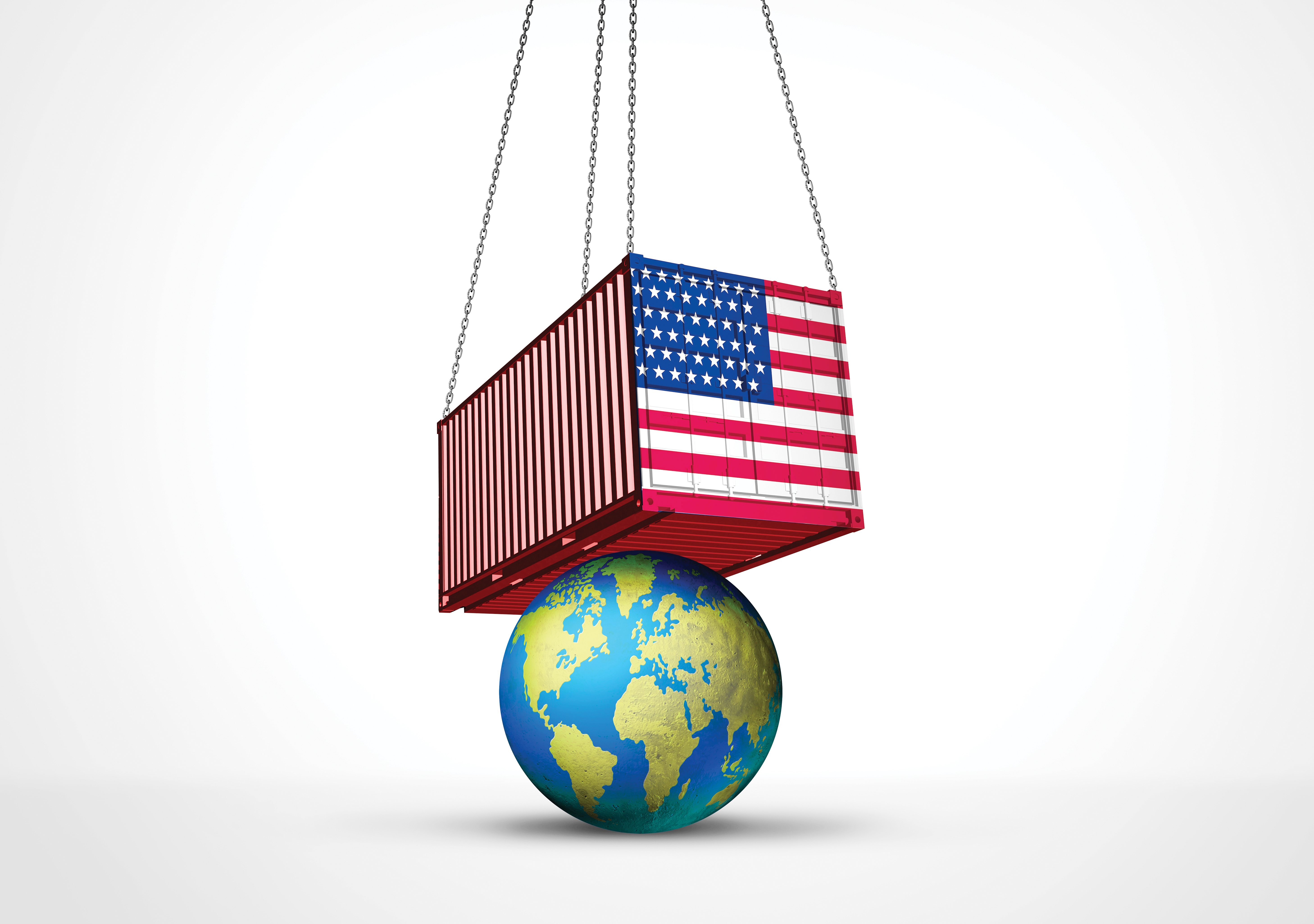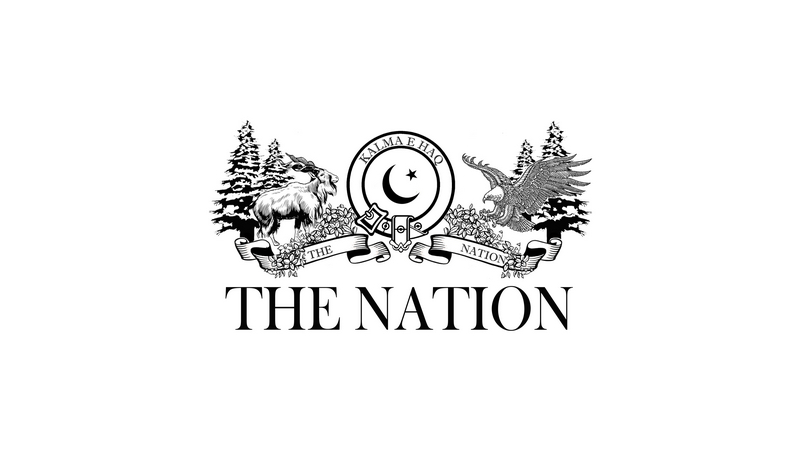ALTHOUGH the adoption of an aggressive policy of imposing high tariffs by the United States featured prominently in President Trump’s campaign agenda, the scope of the actual measures has caught the affected countries, including the EU, unprepared. Believing that the globalised economy has had an adverse impact on the US trade balance, the Trump administration is pursuing a radical shift towards supporting domestic industry by imposing high trade tariffs on all countries. President Trump has announced additional measures, also included in his electoral agenda, involving corporate tax cuts and deregulation of the business regulatory framework, accompanied by drastic cuts in public spending.
The overwhelming majority of economists, including Republicans, have expressed serious concerns about the implications of these policies. In the short term, the consensus is that the imposition of high tariffs leads to price increases, adversely affecting the living standards of US citizens, and limiting the scope for further interest rate reductions by the Federal Reserve. In the meantime, the US administration has announced a postponement of most of the imposed tariffs for all countries, except for China, and, more recently, the exclusion of some technology-related products.

The continuous abrupt changes in Trump’s policies increase uncertainty and make it difficult for businesses to adjust to the emerging circumstances. In the medium term, the policy choice to impose different tariffs for each country creates distortions in the allocation of productive resources. While it positively affects a small number of industries, by providing them with protection against international competition, it burdens a larger number of industries, whose productive capacity depends on imports of raw materials.
Concerns are also raised regarding the fiscal implications of the planned tax cuts, especially since the U.S. public debt already exceeded 120% of GDP in the fourth quarter of 2024.
Trump’s policies negatively impact the global economy, particularly the countries with an export-oriented character, such as Germany and China. Consequently, discussions about policy responses have intensified, mainly in the EU, China and Canada. One possible option is the imposition of countervailing tariffs, either universally, as China has chosen, or selectively on a number of products, as the EU seems to be considering.
The downside is that such an approach creates a vicious cycle of continuous tariff increases, while disproportionately burdening the countries that impose the tariffs. It is with this reasoning that the EU has proposed the establishment of a free trade area between the EU and the US, which would entail the elimination of tariffs between them. At the same time, and as expected by most analysts, the ECB has proceeded with a reduction of 0.
25% in interest rates, during its latest meeting on the 10th of April. The decision reflects the ECB’s response to a higher risk of recession due to economic uncertainties, including global trade tensions and financial market volatility, which have been impacting investment and consumer confidence. From a fiscal perspective, Germany has chosen to adopt an expansionary policy, utilizing the fiscal space it has, with a debt-to-GDP ratio of 62.
5%. However, other EU countries do not have the same fiscal bandwidth, which is why the discussion about an active intervention by the European Commission is coming back to the forefront. In any case, the EU must respond dynamically, aiming to strengthen its autonomy and reduce its dependencies on third countries in security and economic matters.
.
Politics

Trade disruptions and policy choices

ALTHOUGH the adoption of an aggressive policy of imposing high tariffs by the United States featured prominently in President Trump’s campaign agenda, the scope of the actual measures has caught the affected countries, including the EU, unprepared. Believing that the globalised economy has had an adverse impact on the US trade balance, the Trump administration [...]













